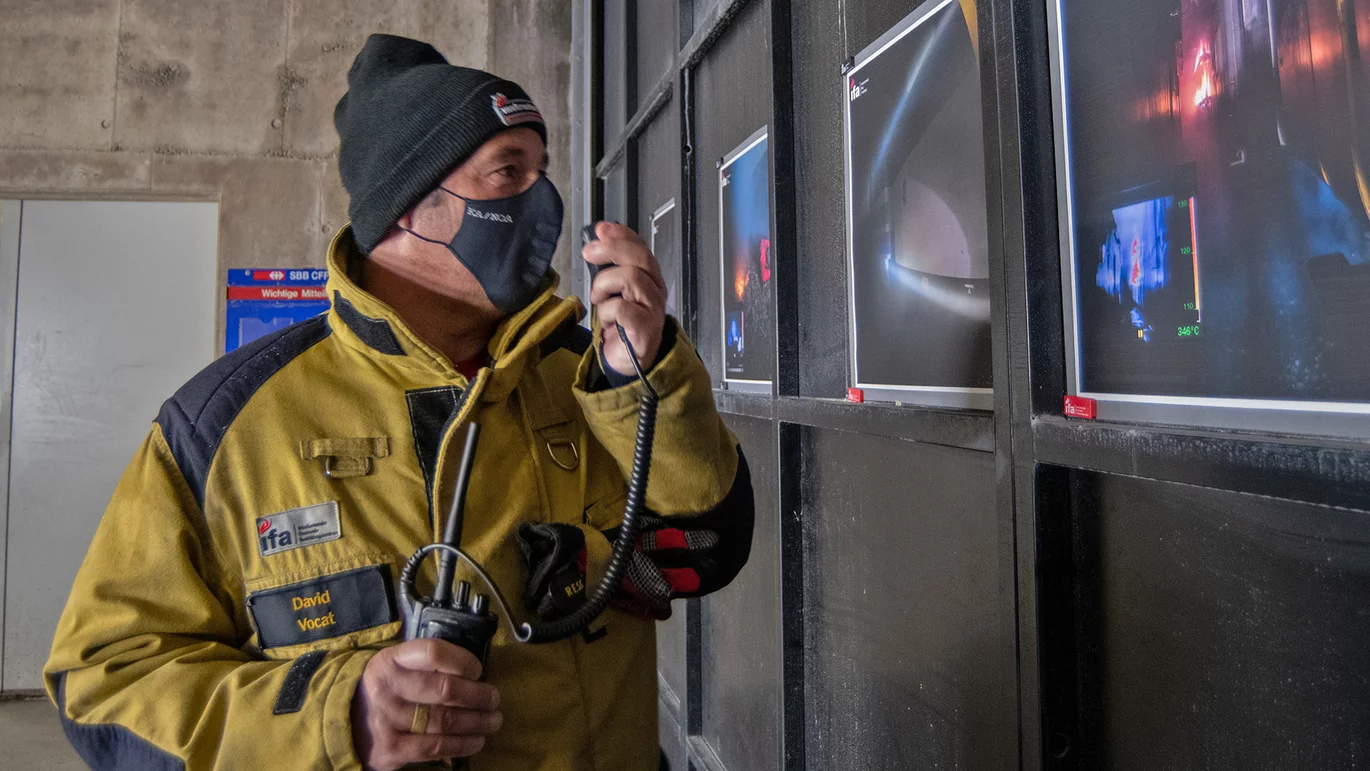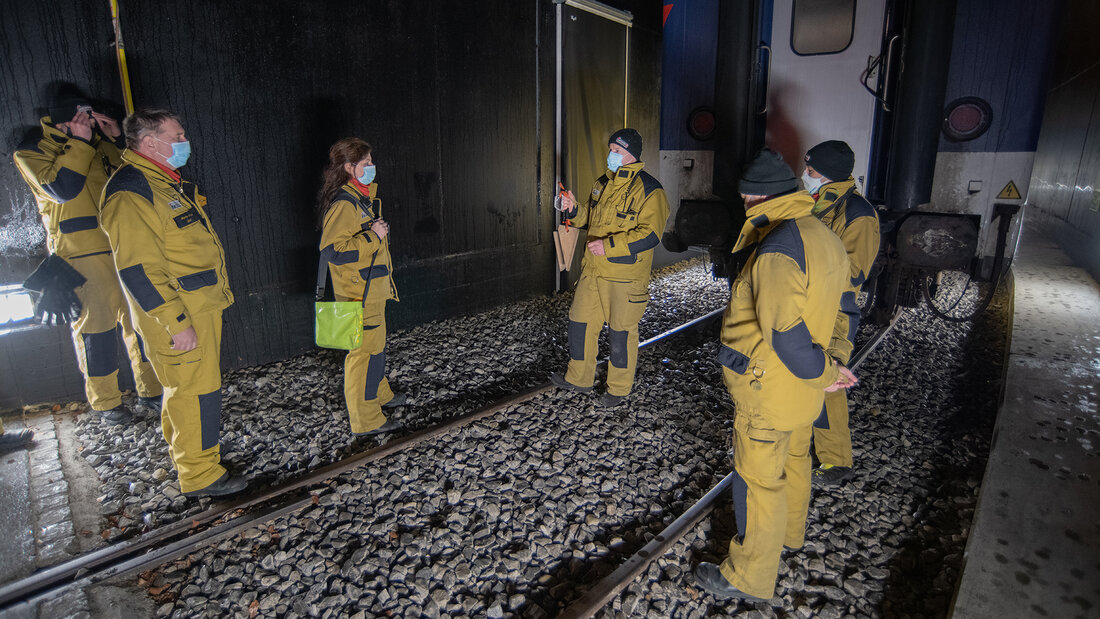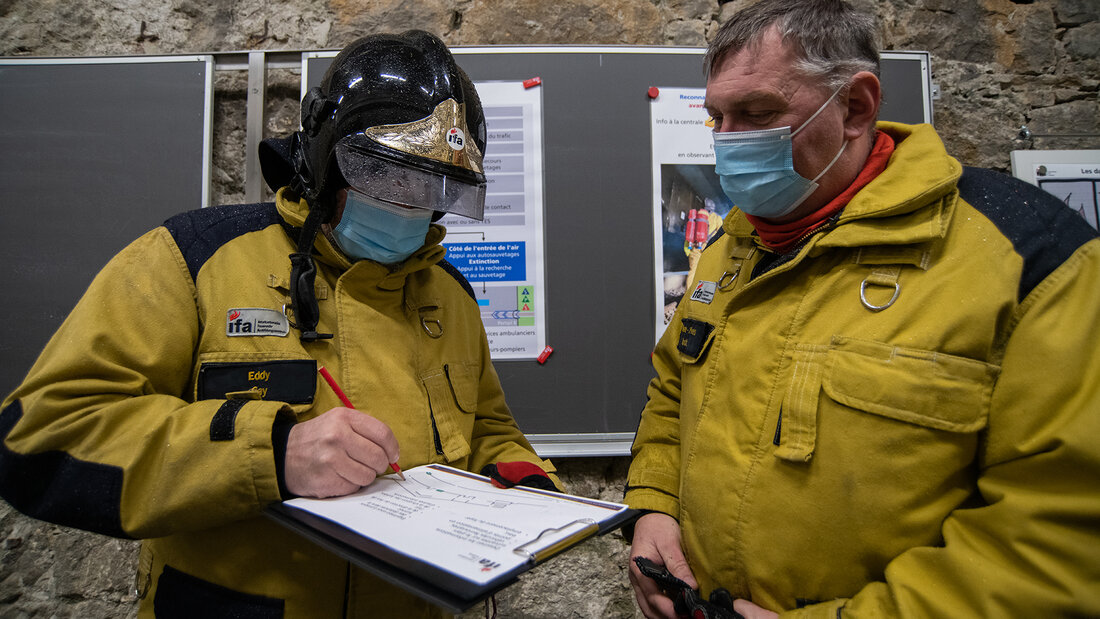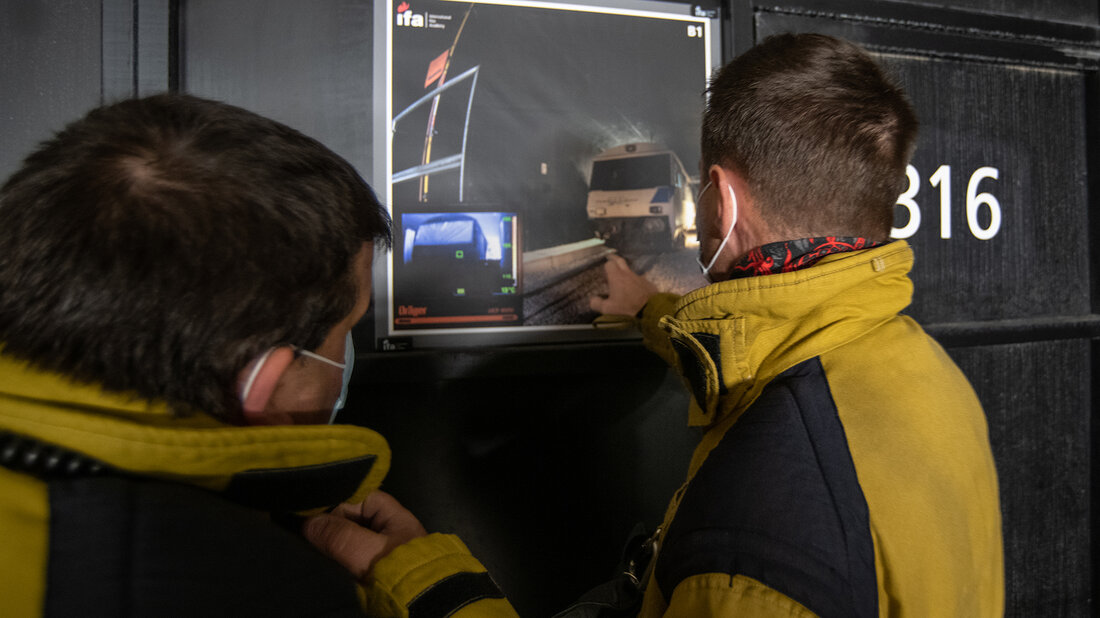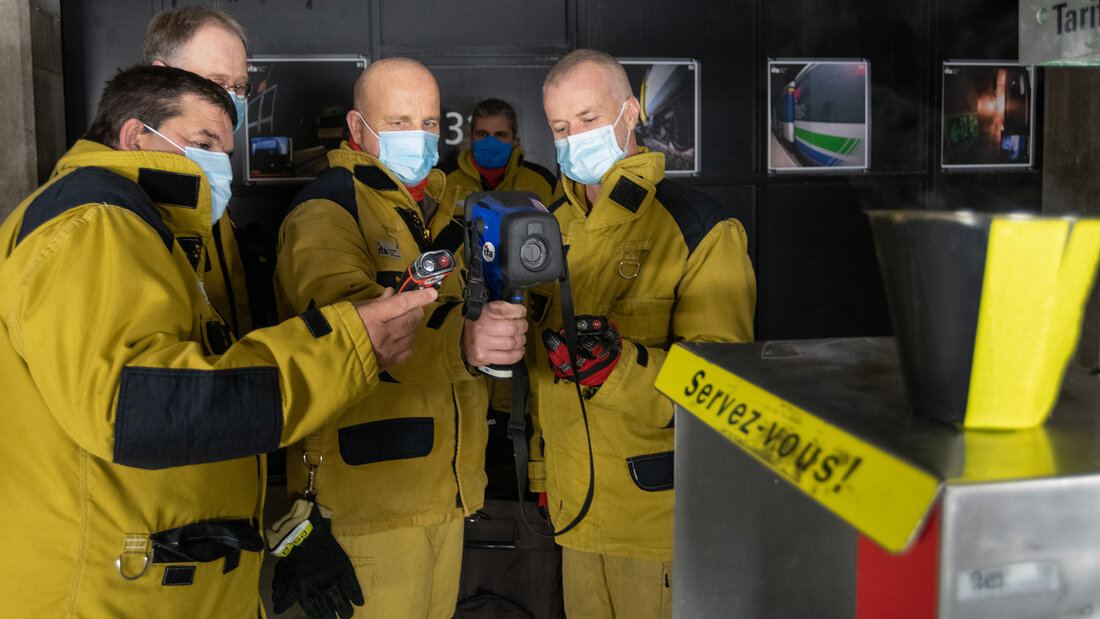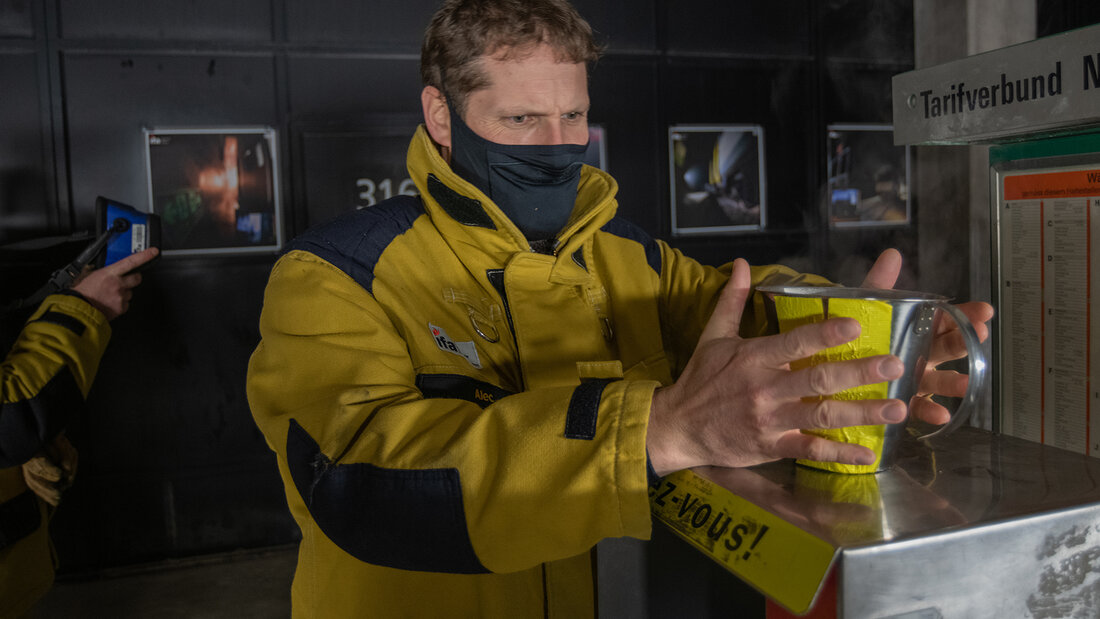Because the detail lessons of reconnaissance, search & rescue and firefighting cannot be carried out in parallel in the railway training tunnel, a training concept for a maximum of 16 participants per standard railway course was initially developed. Thus, all lessons could be carried out in two days in the sense of experiential learning. However, one problem remained: Especially for the training drills, groups of up to 24 participants had proven themselves in all other courses of the International Fire Academy. Now the challenge was to redesign the course so that 24 places are available in the future and the relevant experiences are still provoked.
Determine a suitable requirement level
Practising experiential learning means providing students with realistic conditions in which they can experience the challenges of deployments with all their senses. This is the guiding principle for the training at the International Fire Academy. The training tunnels and the Tactics Centre are therefore of central importance as learning and experience worlds.
Simultaneously, it does not always make sense to design all the details close to the deployment right from the start. Challenges that are too big can distract from the core experiences. For example, during the reconnaissance detail lesson in the railway course, breathing apparatuses are not worn in order to reduce strains for the participants. They should concentrate their mental and physical resources on the central task fulfilment. As the course progresses, more is demanded.


